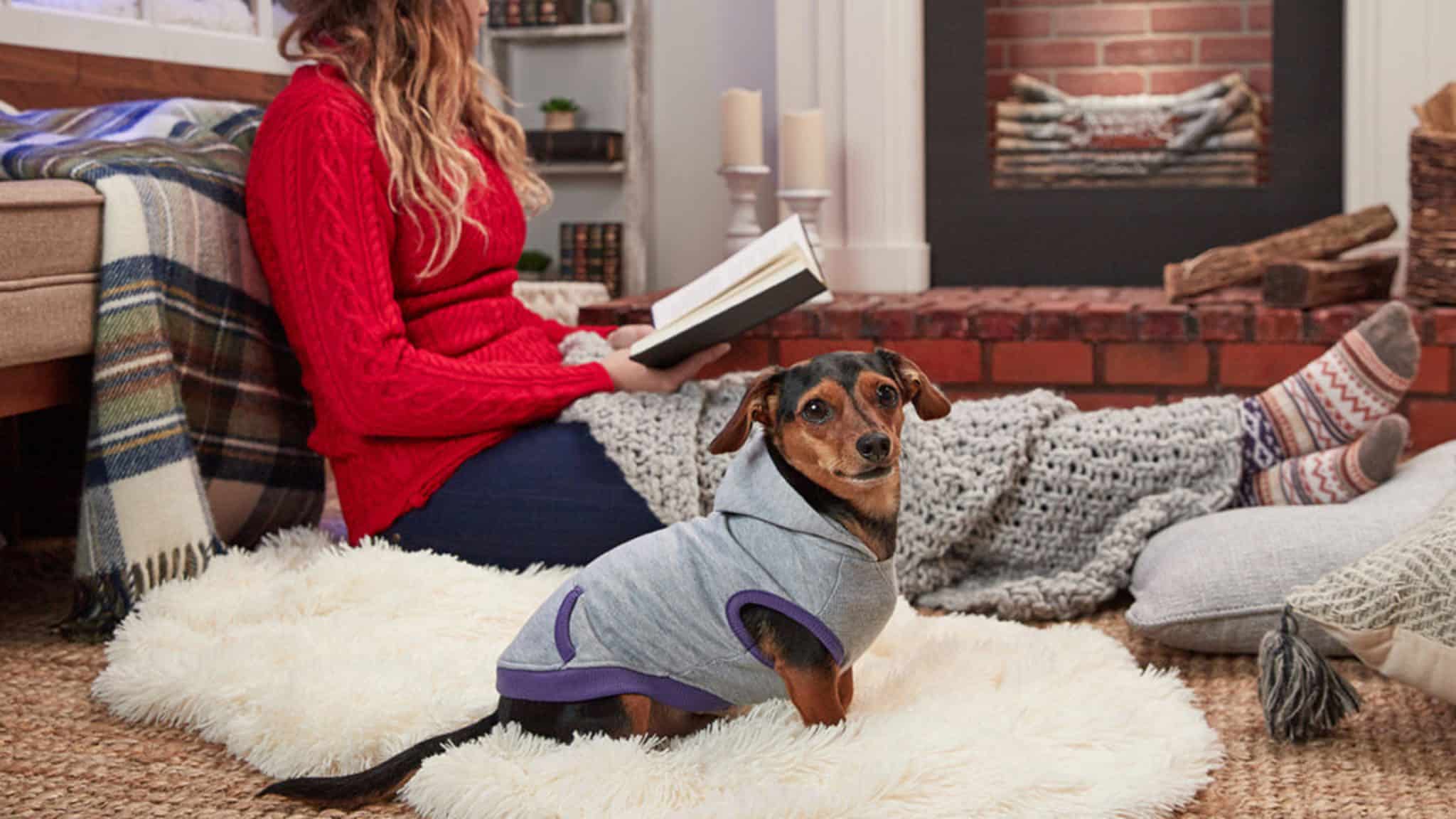
The coronavirus pandemic has upended daily routines. The Monday through Friday rush of getting ready and out the door is slowly becoming a fleeting memory. For many, commutes now consist of hoofing the 40-feet from the bedroom to the home office in the morning. And while this new normal comes with its own set of unique stresses, one reward is the opportunity to stay home and foster closer relationships to our family members, furry counterparts included.
As humans battle against feelings of going stir crazy, America’s dogs couldn’t be more thrilled. A March 27 New York Times opinion piece by Alexandra Horowitz, author and operator of Dog Cognition Lab at Barnard College, summed it up, saying the coronavirus quarantine “is actually giving dogs something that they’ve deserved all along: more of our companionship.”
Pets are getting used to extra quality time, more walks, treats and cuddles, but there will come a time when this too shall pass. We may not know the day when households will return to their regularly scheduled programming of physically going to school and an office building, but the countdown is on now that the curve is flattening. So how can we help pets readjust to life after COVID-19 when owners are no longer there 24/7? Chewy vet expert Dr. Jennifer Coates has some tips to ease the transition and reduce possible separation anxiety.
“If possible, make the transition back to a ‘normal’ schedule gradually—about a week should be sufficient in most cases,” Coates said. “Start shifting your pet’s meal and play times by 15 minutes or so each day until they are occurring when you’ll be around after the new schedule takes effect. Keep your interactions with your pet to a minimum during the times when you’ll have to be gone in the future. This is made easier if your pet gets lots of attention and exercise before you’re scheduled to leave—there’s a good chance that your dog or cat will nap the next few hours away.”
If you are going to have to be away from home for an extended period of time and are lucky enough to have a fenced yard, now might be the time to teach your dog how to use a dog door, Coates added. Most pets require some training before they become comfortable going in and out through a dog door so start the process well before you will need your dog to use it on their own.
Food dispensing toys and interactive toys are a great way to provide pets with entertainment and mental stimulation when you have to be away from home. Have several different types on hand to see which works best for your dog and to provide variety. Some, like KONG Classic Dog Toy and the PetSafe Funkitty Egg-Cersizer Treat Dispenser Cat Toy, dispense food and treats while also promoting exercise. The Nina Ottosson by Outward Hound Dog Tornado Interactive Dog Toy has to be rotated to open compartments containing food while the Trixie Activity Flip Board Interactive Dog Toy has compartments to open and pegs that need to be lifted straight up.
Pet monitoring cameras let you keep an eye on how your pets are doing while you’re away. The Pawbo+ Wi-Fi Interactive Pet Camera and Treat Dispenser even lets you communicate with your pets and hand out treats from afar, easing separation anxiety on both ends.
If your dog is anxious due to changes in routine, synthetic pheromones may help.
“Adaptil diffusers, collars and sprays contain a version of the hormone that nursing females produce to soothe their litters, which can ease mild to moderate anxiety,” Coates said.



















